As the Atlantic hurricane season drew to its close, the overall yield of the catastrophe bond market continued its typical seasonal declining trend, albeit at a slightly slower pace as there were also supply-demand factors evident in the market, but still by the end of November 2024, the cat bond market yield stood at a healthy 10.31%.
The catastrophe bond market yield has been demonstrating typical seasonal traits associated with the Atlantic hurricane season through recent months.
However, hurricane Milton caused a temporary change in direction during October, when yields rose as the market repriced positions in the wake of the storm and an initial fear of losses being suffered.
But, as the hurricane Milton picture became clearer, the yield of the catastrophe bond market settled back quickly into its typical trend of a steady decline through the season.
That continued in November, resulting in the decline from a cat bond market yield of 11.18% at October 25th, down to the 10.31% we see at November 30th 2024.
A year earlier, the cat bond market yield sat at just above 12%, since when the return on collateral has compressed (from 5.37% at Dec 1st 2023, to now 4.49%), while the insurance risk spread of the cat bond market has declined from 6.65% at that time, to end November 2024 at 5.82%.
Over that time, the expected loss of the cat bond market has remained relatively flat. So, while some softening has been evident in the cat bond market, risk spreads and yields remain at historically attractive levels.

This catastrophe bond market yield data has been collated with the assistance of our kind partner Plenum Investments AG, a specialist insurance-linked securities (ILS) investment manager.
As well as the typical hurricane seasonal trend, the cat bond market yield was also affected by two other factors in October.
First, some additional recovery of value of cat bonds once thought likely to be affected by hurricane Milton added to the trend.
Second, the fact recent new catastrophe bond issues have been coming at a lower spread level, which has had an effect in the secondary market resulting in some upwards price adjustments on outstanding cat bonds.
This second point is, at least in part, supply and demand driven, with capital supply still elevated among cat bonds funds and investors, while the pipeline has been insufficient to absorb all of that excess in November.
This drove strong execution for cat bond sponsors, resulting in a decline in premiums for certain new issues, which can have a knock-on effect for secondary position pricing as well, so is another input to market yield.
Looking ahead, to what to expect for the cat bond market yield in December 2024, specialist investment manager Plenum Investments said, “We expect the market yield to change course and increase as 1) outstanding bonds adjust to the lower premium level of the newly emitted cat bonds and 2) start of the spread widening regime of hurricane bonds.”
It is going to be interesting to watch the cat bond market yield over the course of 2025, as there are a significant volume of cat bond maturities scheduled (as our chart shows), while fund managers are still having success raising new capital.
There may need to be a managed approach to new capital flows in the catastrophe bond space, to ensure issuance is sufficient to absorb this alongside the cash coming from maturities. These capital supply and demand factors can affect the way the yield chart develops over time. Stay tuned as we move into the New Year.
Analyse catastrophe bond market yields over time using this chart.

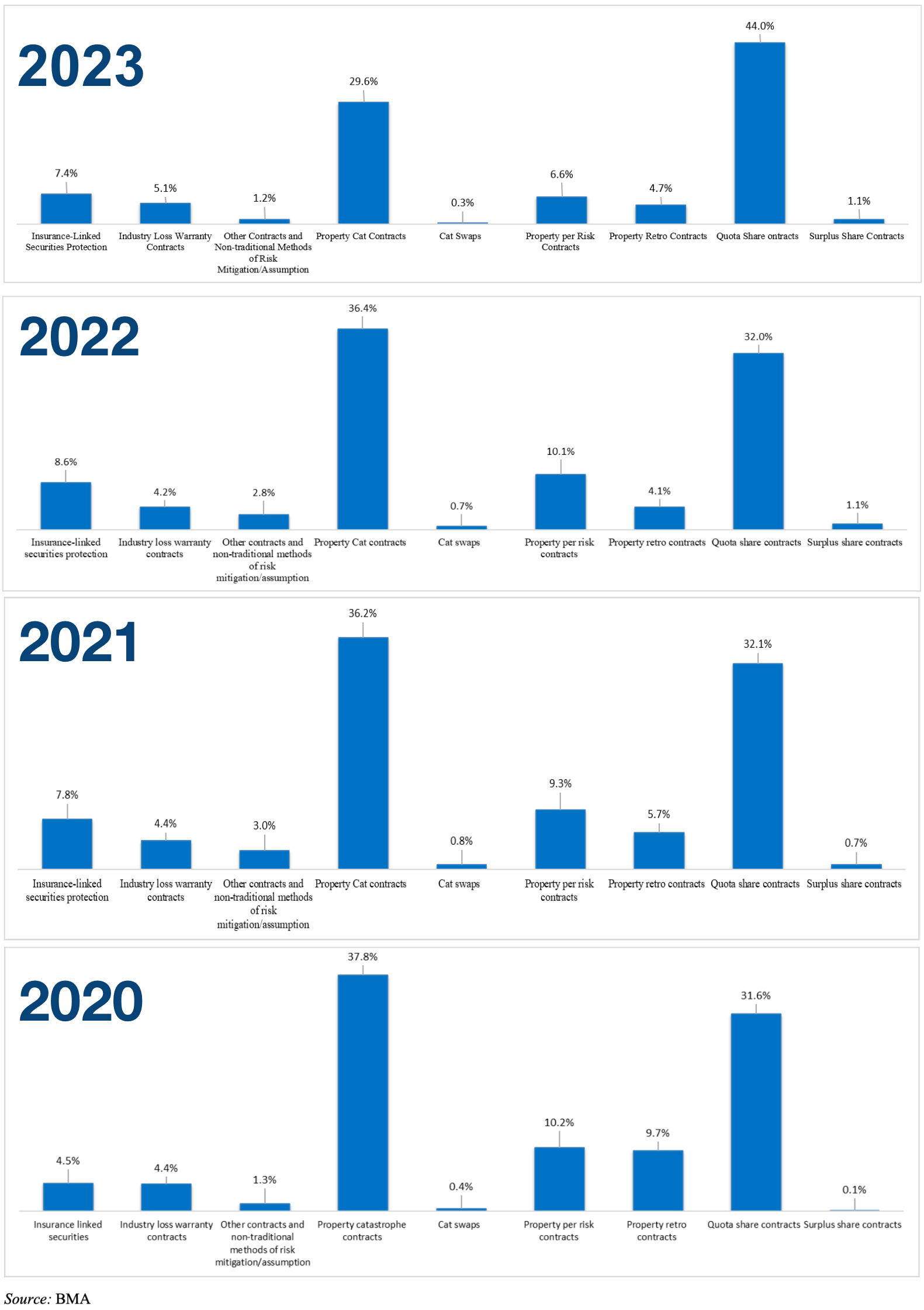

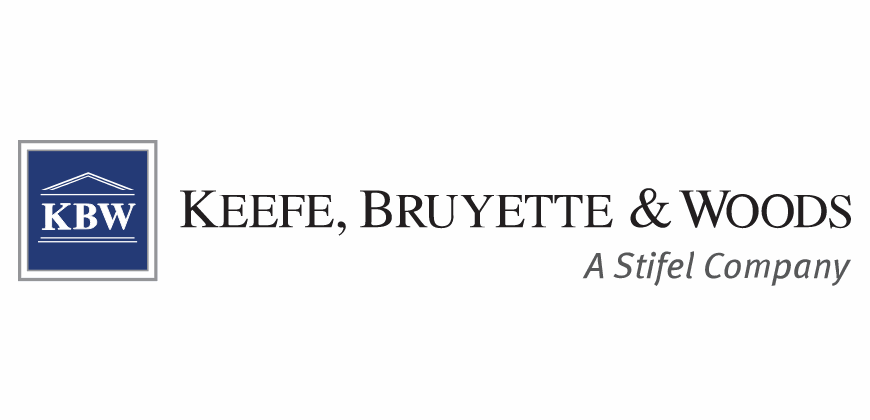
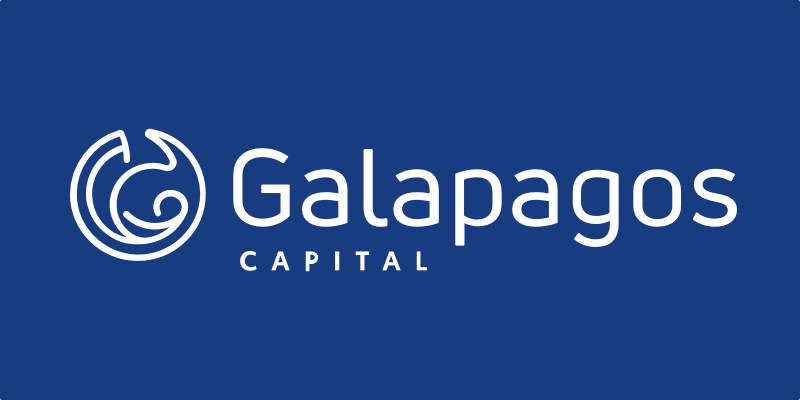
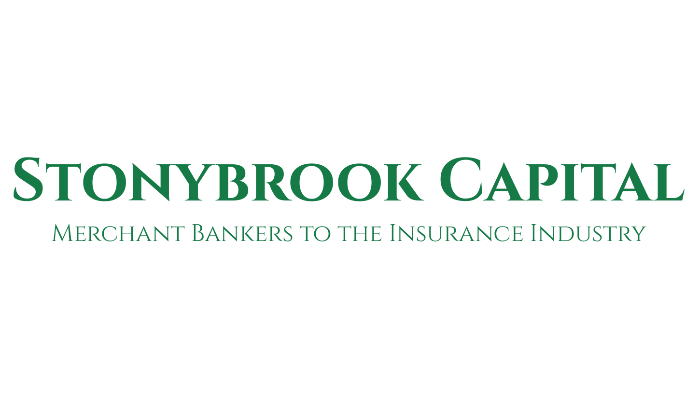





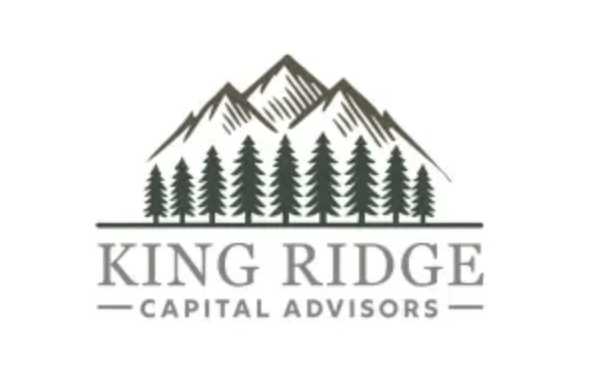








 English (US) ·
English (US) ·